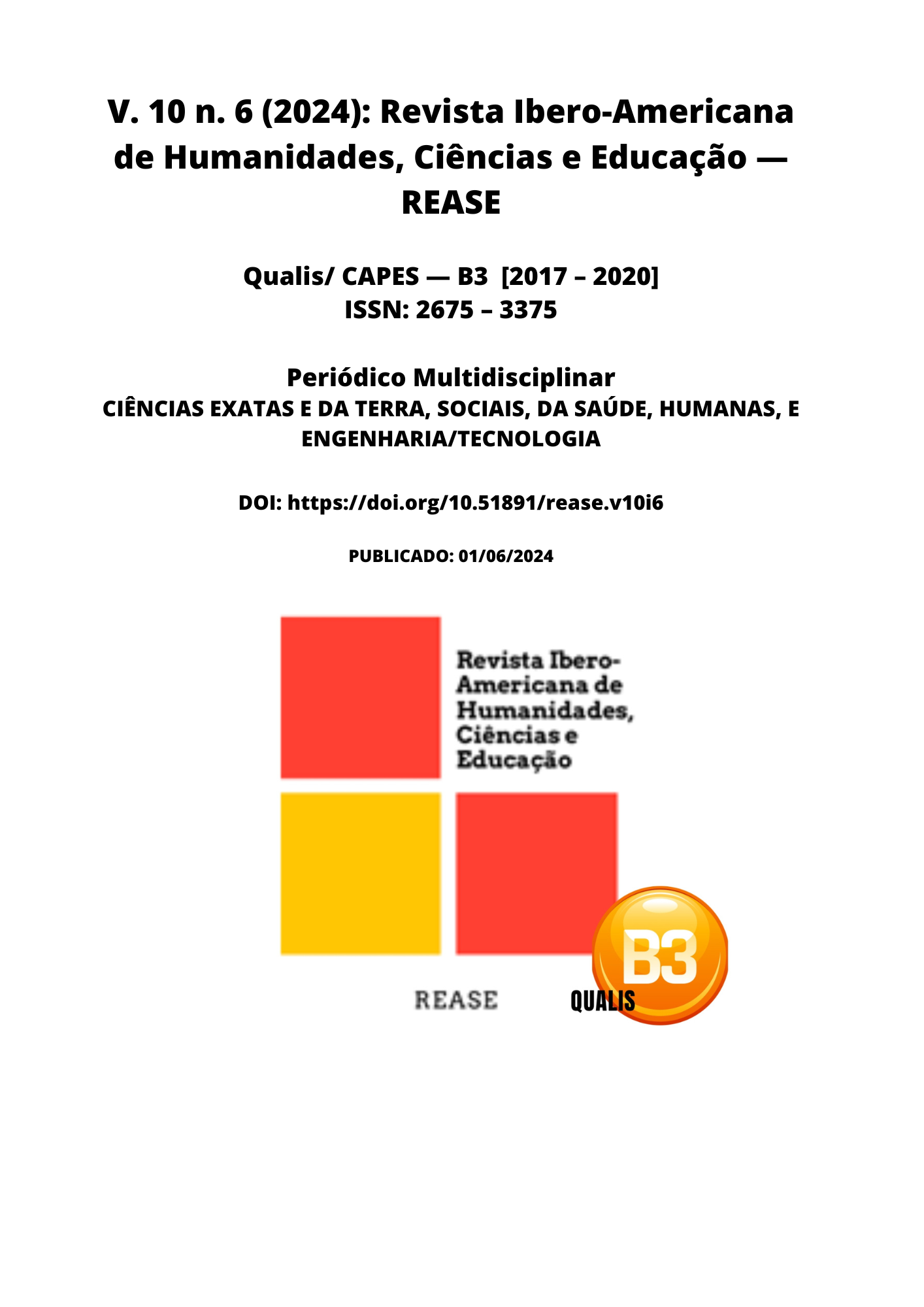INCLUSION OF CHILDREN WITH AUTISTIC SPECTRUM DISORDER IN EDUCATION: CHALLENGES AND POSSIBILITIES
DOI:
https://doi.org/10.51891/rease.v10i6.14403Keywords:
Autism. Inclusive education. Teaching practice.Abstract
Autism Spectrum Disorder (ASD) is a genetic condition with diverse and complex characteristics, which causes persistent impairment in reciprocal social communication and social interaction, restricted and repetitive patterns of behavior, these symptoms are present from the beginning of childhood and limit or impair daily functioning. Individuals with ASD are recognized as having the same rights as people with other disabilities, including the right to inclusive education. Therefore, the objective is to discuss inclusion practices for individuals with ASD. Qualitative and descriptive study, of the narrative literature review type, in which texts found in the Scielo database were analyzed, analyzed and structured into thematic axes that address the role of the school in the face of Autism Spectrum Disorder, teaching work with ASD students, and educational limits and possibilities for students with ASD. It is observed that in the research carried out there were few discussions regarding the participation or role of the families of students with ASD. From this research, it was possible to conclude that a reevaluation of regular education is necessary to establish actions that prepare teachers to work in inclusive education, provide subsidies for this action, invite and encourage parents to participate more actively in the education of their children. Inclusive education will only be effective if it is carried out continuously, reflectively and with the participation of everyone.
Downloads
Downloads
Published
How to Cite
Issue
Section
Categories
License
Atribuição CC BY

